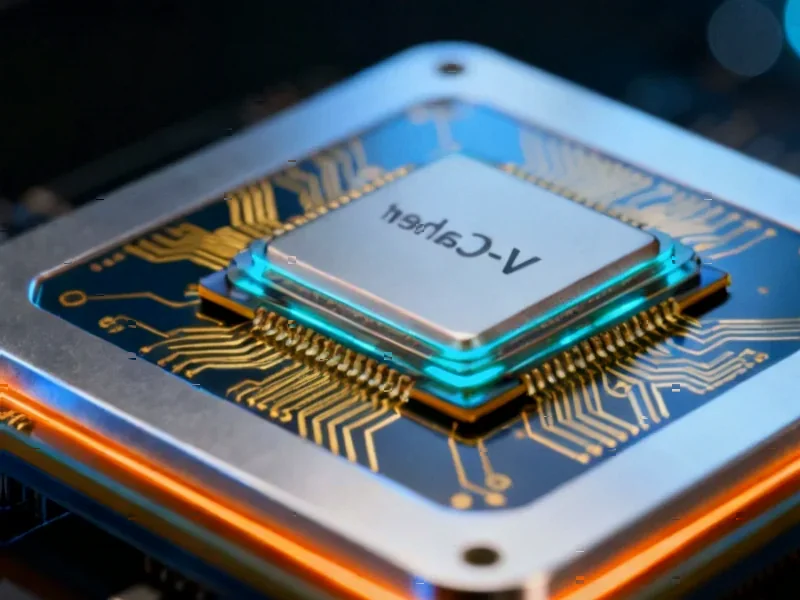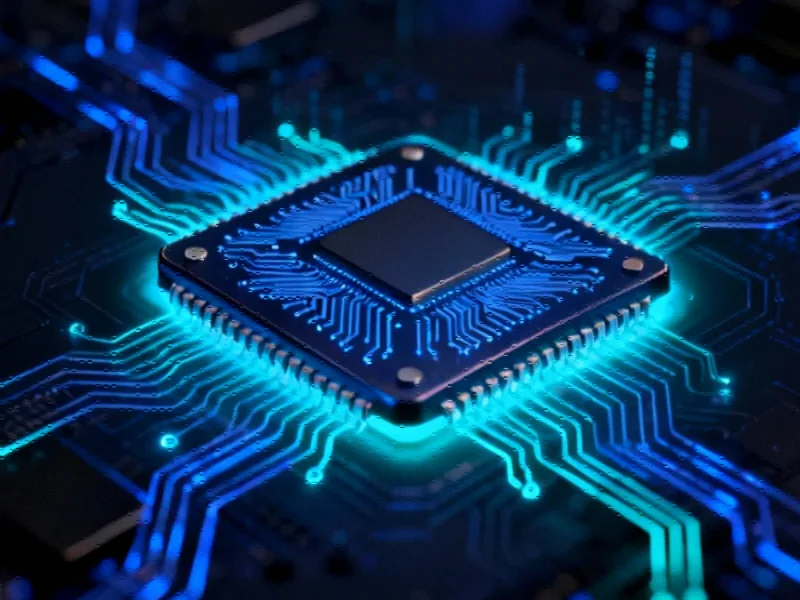In the relentless march of PC hardware progress, AMD’s AM5 platform represents the cutting edge—DDR5 memory, PCIe 5.0 support, and the latest Zen architecture. Yet across gaming dens and home offices worldwide, a quiet revolution is brewing: savvy PC enthusiasts are consciously choosing to stick with their AM4 systems despite the siren song of newer technology. According to recent industry analysis, this isn’t technological conservatism but rather strategic hardware management that reflects deeper truths about modern computing needs and upgrade cycles.
Table of Contents
The Mature Platform Advantage
AM4’s extraordinary seven-year run from 2016 to 2023 created something rare in the tech world: a mature ecosystem where compatibility issues have been largely ironed out, BIOS updates are stable, and component prices have reached their most reasonable levels. “We’re seeing AM4 achieve what Intel sockets rarely manage—true long-term value retention,” notes Michael Tan, hardware analyst at TechInsight Partners. “The platform’s longevity means users who invested in Ryzen 5000 series processors, particularly the legendary 5800X3D, are sitting on hardware that remains remarkably competitive against current-generation offerings.”
This creates an unusual market dynamic where the performance gap between generations has narrowed significantly. While early AM4 adopters moving from Ryzen 1000 or 2000 series processors would experience transformative gains by upgrading to AM5, the jump from Ryzen 5000 to Ryzen 7000 or 9000 often delivers diminishing returns that don’t justify the substantial platform transition costs.
The GPU Upgrade Priority
Industry data reveals a crucial pattern in gaming performance: graphics card upgrades typically deliver more noticeable real-world improvements than CPU upgrades for most gamers. “If you’re running a Ryzen 7 5700X or better, throwing $600-$800 at an RTX 5070 or RX 8900 XT will transform your gaming experience far more dramatically than spending the same amount on an AM5 platform upgrade,” explains Tan. “The CPU has become less of a bottleneck in most gaming scenarios than many enthusiasts realize.”
This reality is particularly relevant given the recent launches of both NVIDIA’s RTX 50-series and AMD’s RX 8000/9000-series graphics cards. Gamers who’ve already invested in these premium GPUs are likely seeing their AM4 systems performing admirably, making the case for a platform upgrade considerably weaker. The money that would be spent on AM5 components—motherboard, DDR5 memory, and CPU—often delivers better returns when allocated toward higher-tier graphics cards, premium monitors, or faster storage.
The Display Revolution Changes Everything
Meanwhile, the display market has undergone its own revolution that’s reshaping upgrade priorities. The rapid adoption of OLED gaming monitors, high-refresh-rate IPS panels, and ultrawide displays has created a scenario where visual immersion improvements often outweigh raw computational gains. “Your brain notices a jump from 60Hz to 240Hz or from standard LCD to OLED far more readily than it notices a 15% CPU performance increase,” observes display technology specialist Lisa Chen. “Many gamers are wisely prioritizing their visual experience over benchmark numbers that don’t translate to perceptible improvements.”
The timing is particularly relevant given the recent price drops in premium display categories. Monitors like the MSI MAG 271QPX QD-OLED now offer cutting-edge technology at increasingly accessible price points, creating compelling alternatives to platform upgrades for gamers seeking that “next-level” experience.
Zen 5’s Incremental Nature
AMD’s Zen 5 architecture, while technically advanced, represents more of an evolutionary step than the revolutionary leaps that characterized earlier Zen transitions. Industry insiders suggest this reflects the semiconductor industry’s broader challenges with process node advancements and the laws of physics. “We’re hitting the point of diminishing returns with traditional CPU architectures,” says semiconductor analyst David Park. “The massive generational jumps we saw from Zen to Zen 2 or Zen 2 to Zen 3 are becoming increasingly difficult to achieve without exponential increases in power consumption and heat output.”
This technological plateau works in favor of AM4 holdouts. With Zen 6 not expected until late 2026 or early 2027, current AM4 owners have a clear runway to extend their system lifecycles while waiting for more substantial architectural improvements. The decision becomes less about avoiding AM5 and more about strategically timing an upgrade for when it will deliver truly transformative performance gains.
The Satisfaction Factor
Perhaps the most overlooked aspect of the upgrade equation is simple satisfaction. “The tech industry thrives on creating artificial upgrade urgency, but the reality is that most Ryzen 5000 systems handle today’s gaming and productivity workloads exceptionally well,” notes consumer technology psychologist Dr. Amanda Foster. “When users aren’t actually experiencing performance frustration in their daily use, upgrading becomes more about chasing specs than solving real problems.”
This psychological dimension is crucial in understanding why many informed users are resisting upgrade pressure. The difference between 80 FPS and 100 FPS in most games is statistically significant but often imperceptible during actual gameplay. Similarly, productivity tasks like video editing or software compilation see improvements that, while measurable, may not meaningfully impact most users’ workflows or efficiency.
Market Implications and Future Outlook
This collective hesitation toward AM5 adoption among existing AMD users creates interesting market dynamics. Motherboard manufacturers are responding with more affordable AM5 options, while the secondhand AM4 market remains remarkably robust. “We’re seeing unprecedented longevity in the AM4 ecosystem,” observes Tan. “High-quality X570 and B550 motherboards continue to hold their value, and the aftermarket for used Ryzen 5000 processors remains strong—both indicators that the platform has substantial life remaining.”
Looking forward, the decision timeline becomes clearer. AM4 owners with Ryzen 3000 series or earlier processors have compelling reasons to consider upgrading now. Those with Ryzen 5000 systems, particularly X3D variants, can confidently wait for Zen 6 and the potential platform refinements that will accompany AMD’s next architectural leap. In the meantime, strategic component upgrades—better cooling, faster storage, or that premium graphics card—can keep AM4 systems feeling fresh and capable without the substantial investment of a full platform transition.
The wisdom in resisting upgrade pressure reflects a maturing PC hardware market where raw performance is no longer the sole consideration. Value, ecosystem stability, and real-world usability are increasingly driving informed purchasing decisions. For the millions still enjoying their AM4 systems, patience isn’t just a virtue—it’s a strategy.



